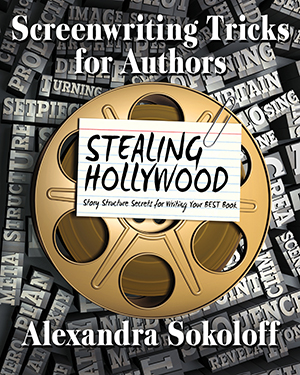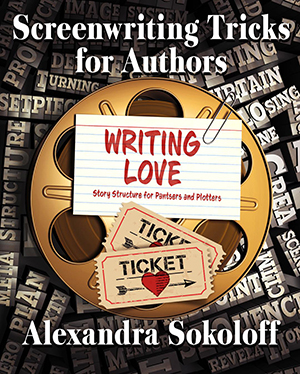As we get down to the wire on these holidays—I mean, move joyously into the festive season—it gets harder and harder to find time to write. I know! So I wanted to do a movie-centric post to help you get in some stealth craft work during family time.
NOTHING will take your writing to the next level faster than watching movies for story structure.
I say this so often I worry about people not hearing me on it anymore. But –
If you can take the time to watch just three movies with intention—looking for the story structure elements we talk about here— your writing will take off in ways you could never have anticipated. Why not make this holiday season a crash course in structure— and maybe write the best book or script of your life so far in the New Year?
(As often happens, this post exceeded Substack’s length limit, so I’m linking to separate posts.)

I’m going to start with The Holiday.
And I’m not going to hold back. This is a terrible movie. And I say that both as someone whose life this kind of is (dual life, movie/book businesses, Scotland/LA) and as a huge fan of Nancy Meyers’ Something’s Gotta Give and It’s Complicated. Every filmmaker makes a bad one sometimes. It’s all part of what makes you a good filmmaker. And that goes for books and every other kind of art.
But why on earth would I analyze one of her bad ones? Well, as I try to remind you all regularly, you can learn from the bad ones, too.
And as inexplicable as it is to me, lots of people love this movie, and rewatch it this time of year. So if that’s you, obviously, you can ignore my personal loathing for it, cue it up, and actually get quite a lot out of it structurally. And it’s on Netflix.
I’ve put together a cheat sheet for you to do that, hitting on Sequences and Story Elements.
- The Holiday story structure breakdown
Here’s a far, far, infinitely far better holiday movie to watch and learn from. There’s no better film to watch (and watch again, and again, and again) to internalize some of the most basic lessons of powerful storytelling.




